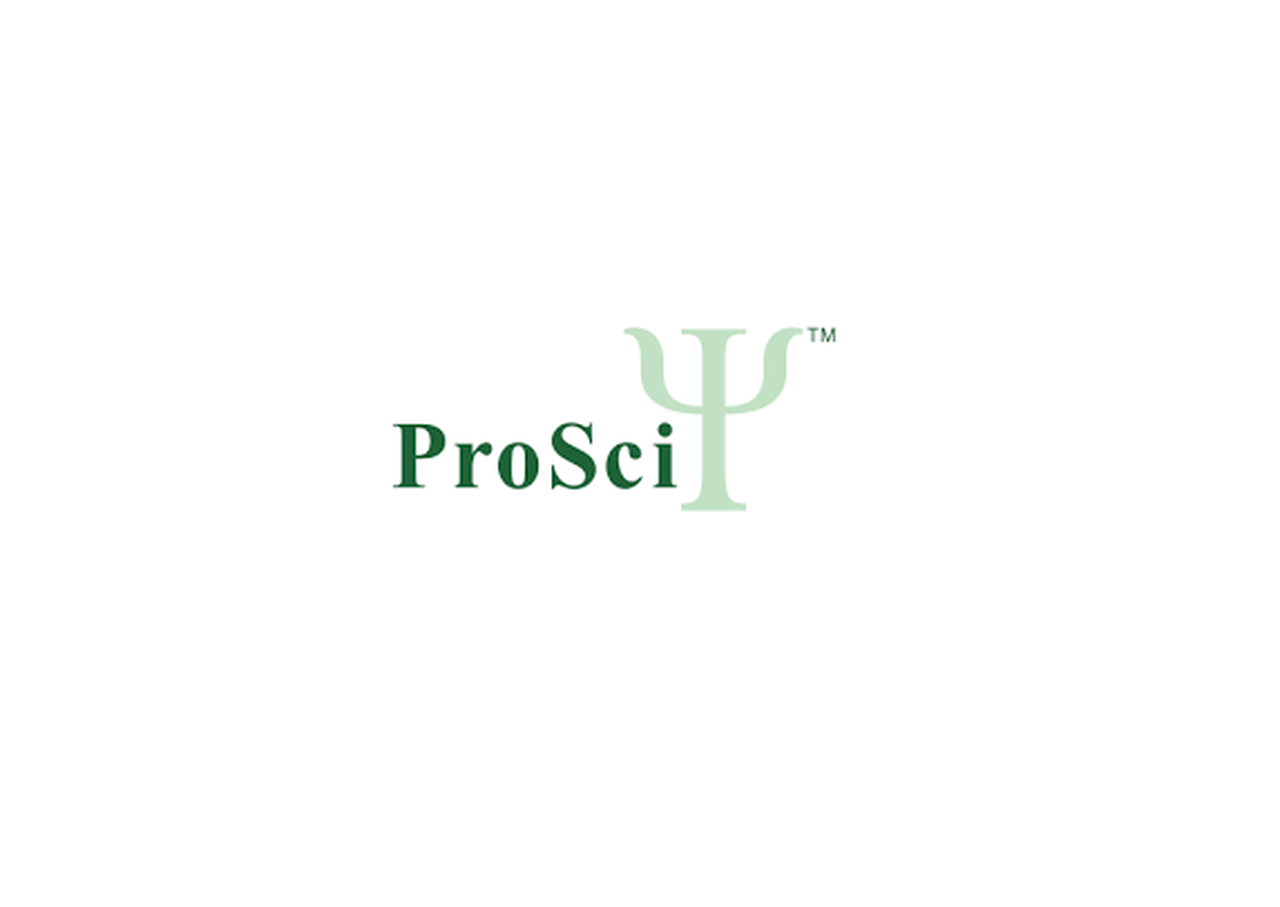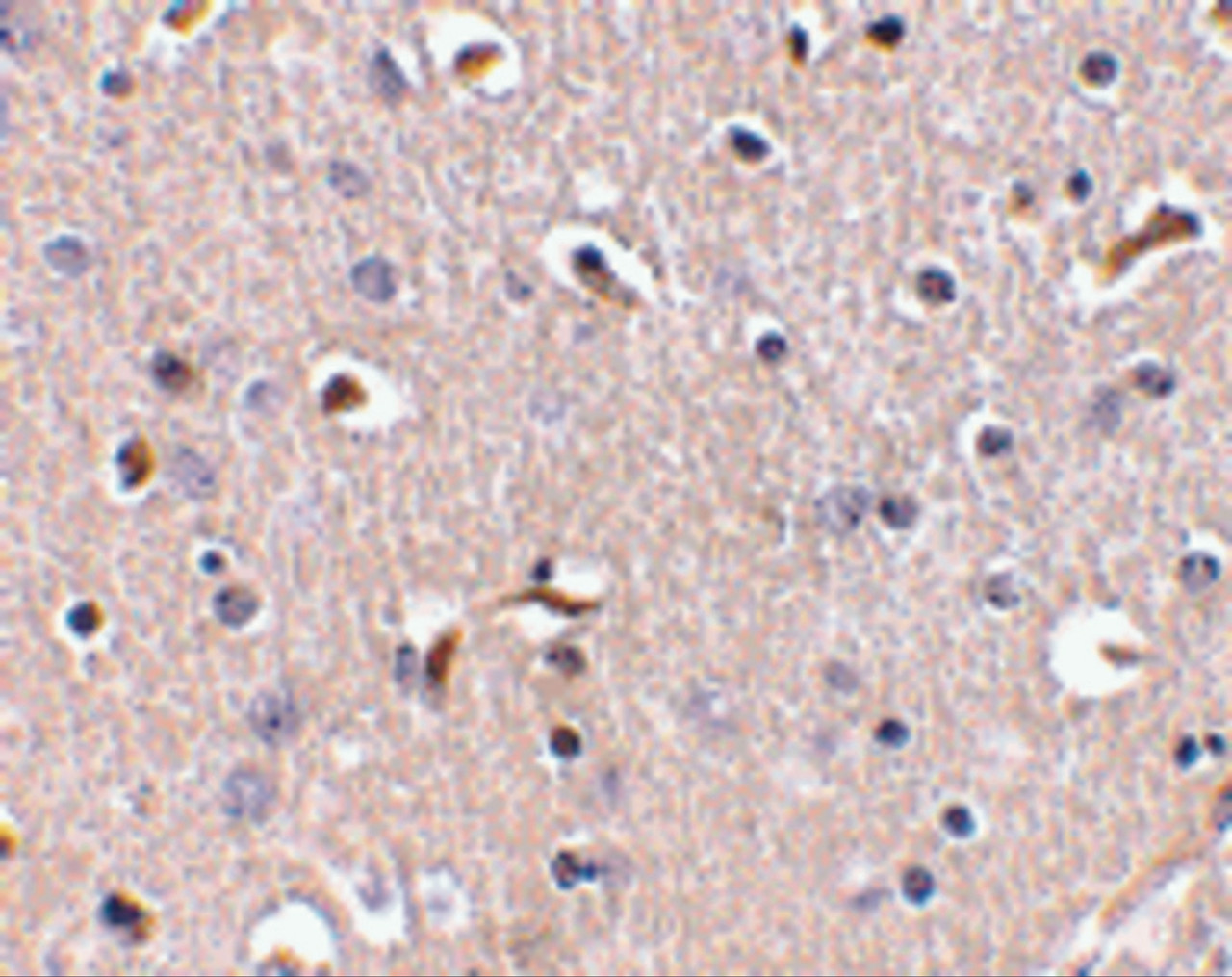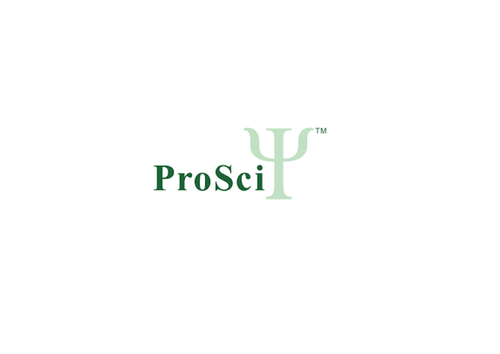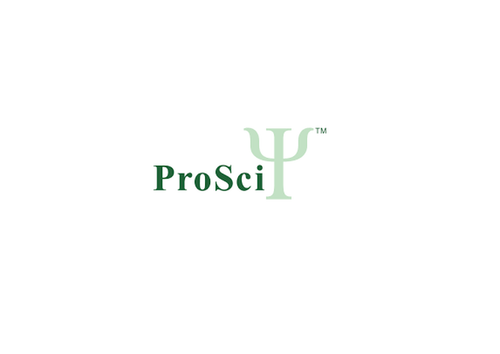Product Description
APH1 Antibody | 4003 | ProSci
Host: Rabbit
Reactivity: Human, Mouse, Rat
Homology: N/A
Immunogen: APH1 antibody was raised against a 18 amino acid synthetic peptide from near the center of human APH1.
The immunogen is located within amino acids 80 - 130 of APH1.
Research Area: Neuroscience
Tested Application: E, WB, IHC-P
Application: APH1 antibody can be used for detection of APH1 by Western blot at 0.5 - 1 μg/mL. Despite its predicted molecular weight, APH1 protein often migrates at aberrant locations in SDS-PAGE. Antibody can also be used for immunohistochemistry starting at 5 μg/mL.
Antibody validated: Western Blot in mouse samples and Immunohistochemistry in human samples. All other applications and species not yet tested.
Specificiy: N/A
Positive Control 1: Cat. No. 1283 - RAW 264.7 Cell Lysate
Positive Control 2: Cat. No. 10-301 - Human Brain Tissue Slide
Positive Control 3: N/A
Positive Control 4: N/A
Positive Control 5: N/A
Positive Control 6: N/A
Molecular Weight: Predicted: 29 kDa
Observed: 28 kDa
Validation: N/A
Isoform: N/A
Purification: APH1 Antibody is affinity chromatography purified via peptide column.
Clonality: Polyclonal
Clone: N/A
Isotype: IgG
Conjugate: Unconjugated
Physical State: Liquid
Buffer: APH1 Antibody is supplied in PBS containing 0.02% sodium azide.
Concentration: 1 mg/mL
Storage Condition: APH1 antibody can be stored at 4˚C for three months and -20˚C, stable for up to one year. As with all antibodies care should be taken to avoid repeated freeze thaw cycles. Antibodies should not be exposed to prolonged high temperatures.
Alternate Name: APH1 Antibody: APH-1, APH-1A, CGI-78, 6530402N02Rik, PSF, UNQ579/PRO1141, Gamma-secretase subunit APH-1A, Aph-1alpha, APH-1a
User Note: Optimal dilutions for each application to be determined by the researcher.
BACKGROUND: APH1 Antibody: APH1 was initially identified as a component of the Notch pathway in C. elegans. Along with nicastrin, PEN2, and presenilin-1 APH1 is an essential component of the gamma-secretase complex which cleave the amyloid precursor protein (APP) at what are known as the gamma- and epsilon-sites and can lead to the accumulation of the Amyloid beta peptide (Abeta) cleavage product that is associated with Alzheimer's disease. APH1 exists in at least three distinct isoforms with APH1a as the principal isoform present in the gamma-secretase complex. Mice deficient in this isoform, but not the other two, were lethal at E10.5, with impaired vascular and neural development observed.
 Euro
Euro
 USD
USD
 British Pound
British Pound
 NULL
NULL












